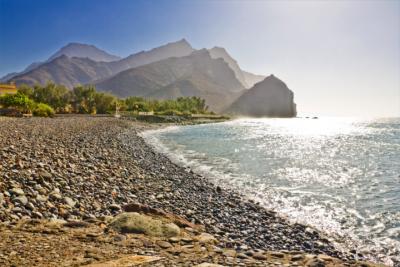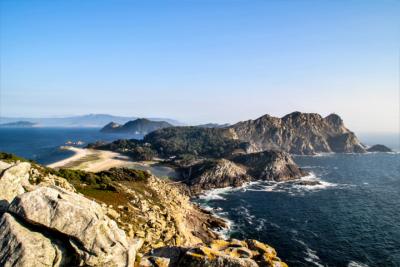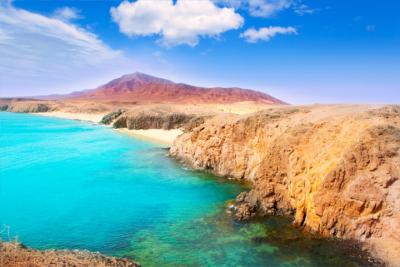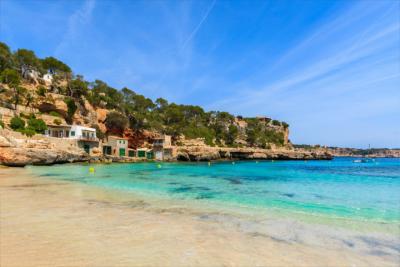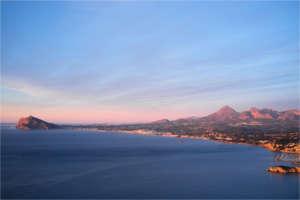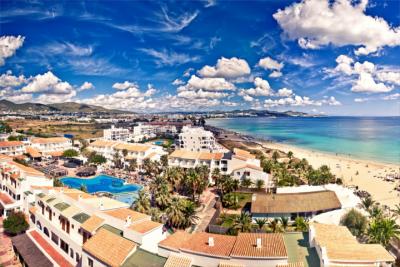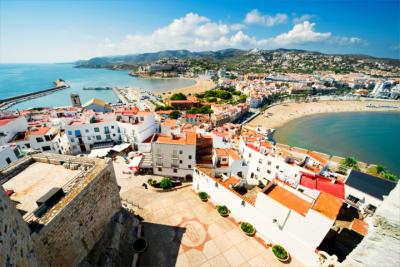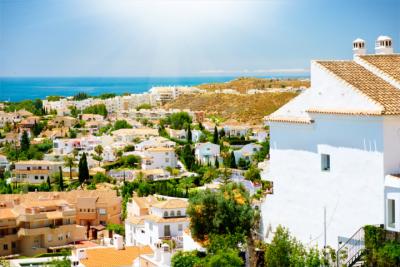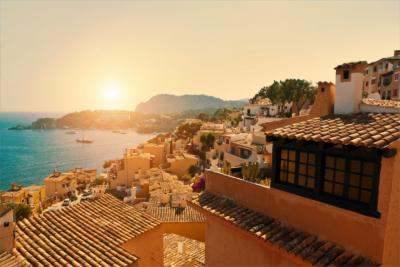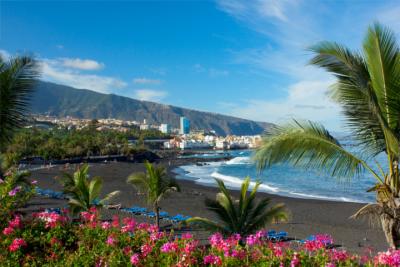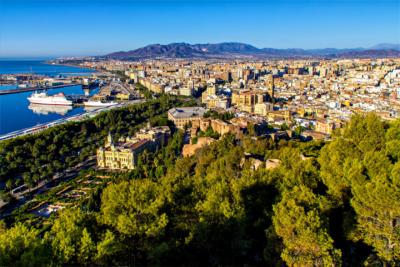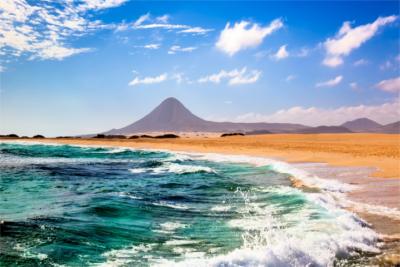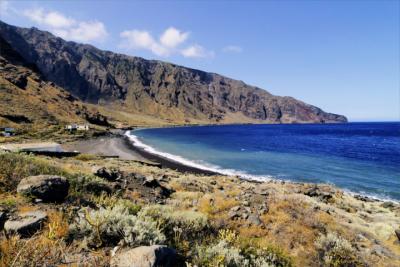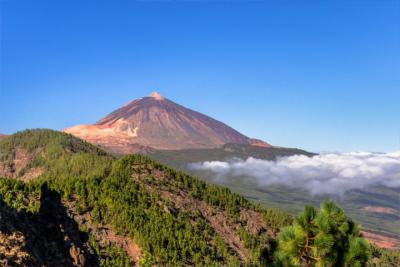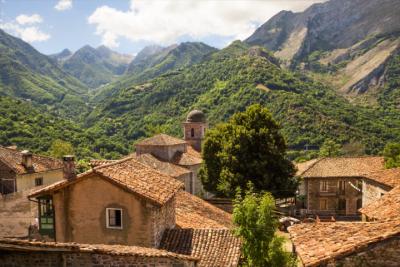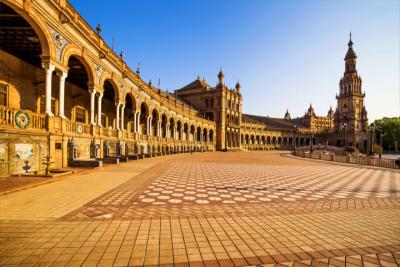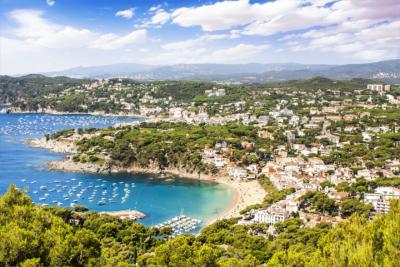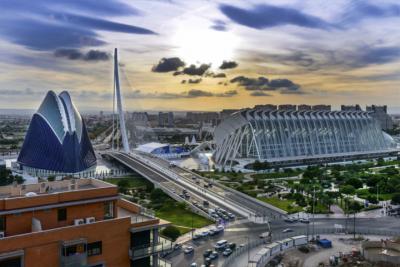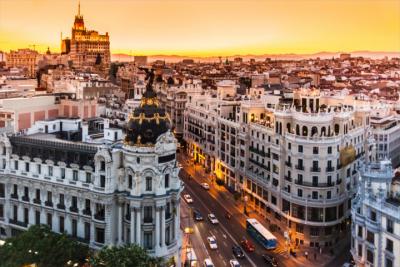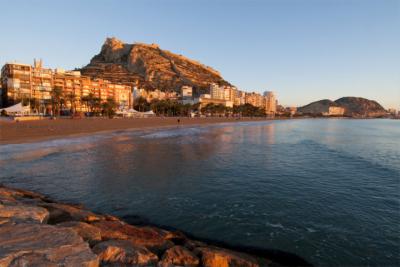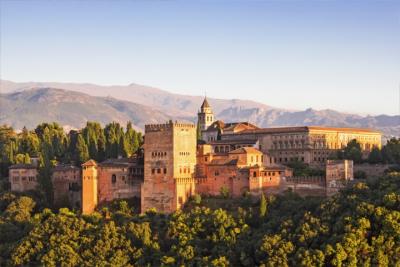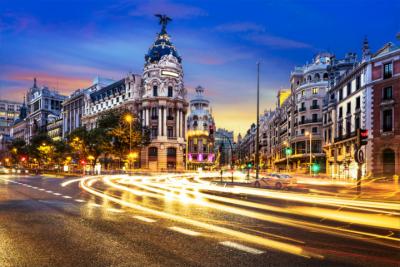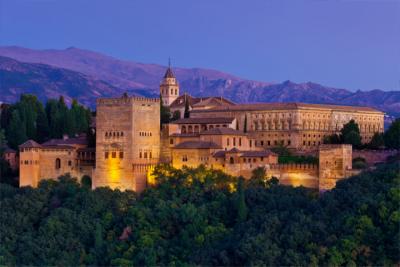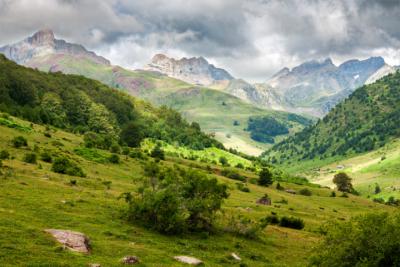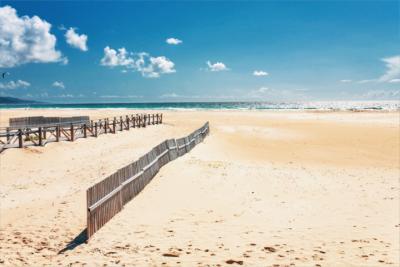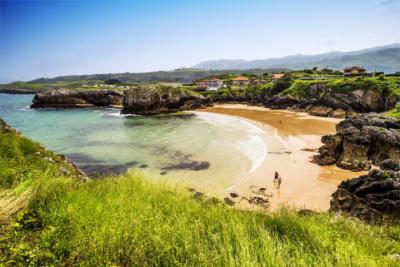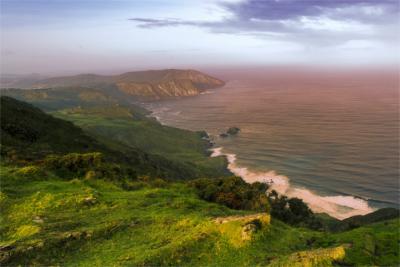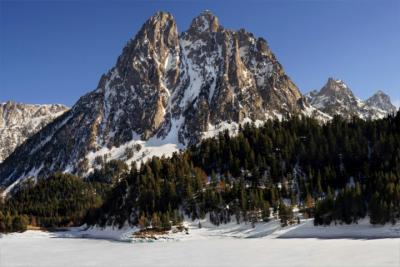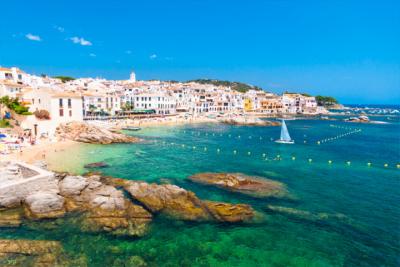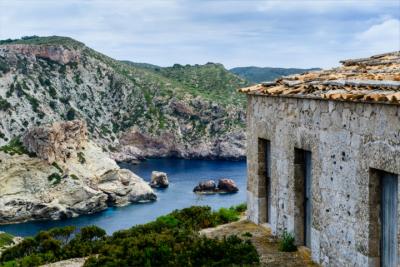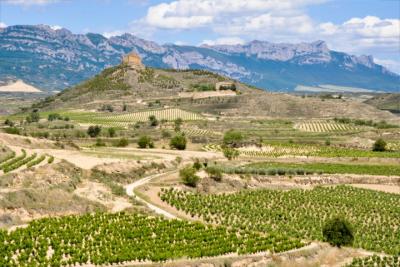Travel Offers
Travelmyne Featureprint
Distance
Castile and León - Mountains and Castles
Castile and León is Spain's historical centre of power. Besides impressive gorges, rock formations and forests, this region offers a significant history, which you can explore in numerous castles and fortresses.
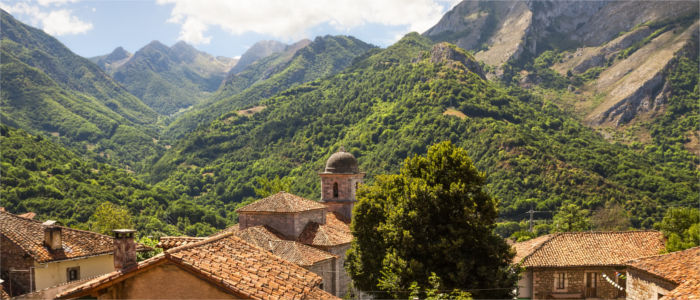
Geography - The greatest Spanish region
With an area of 94.223 km², Castile and León is the greatest of the 17 Spanish autonomous regions as well as of the whole European Union. It is located in the north of the Iberian Plateau Meseta and its capital as well as administrative centre is Valladolid. The community consists of nine provinces: Léon, Zamora, Salamanca, Ávila, Burgos, Palencia, Segovia, Soria and Valladolid. Due to the high altitude of over 900 metres, Castile and León is dominated by continental climate, which causes hot and dry summer as well as cold long winters. The region is relatively sparsely populated with 2.5 million inhabitants, mainly because there is a lack of industry and economy.

Nature - Plateaus, gorges and forests
Castile and León's nature is characterised by dry plateaus, deep gorges, fabulous forests and impressive mountain ranges, which wind around the region like a belt in the north, east and south. The Douro has wonderful river banks and is the region's most important river. At its riversides you find cork oaks and oak forests as well as many mountains as the Duoro runs along the Cantabrian Mountains in the north and the Central System in the south. Visitors can admire the river in all its beauty in the Arribes del Duero Natural Park. Castile and León offers a great variety of natural parks and conservation areas (40 altogether) such as the Picos de Europa National Park, which is the greatest national park in the whole of Spain. It has a majestic mountain wall and magnificent forests and is one of the country's most frequently visited national parks. Other breathtaking landscapes can be found in the natural parks Cañón del Río Lobos, Hoces del Río Duratón and Las Médulas, which is part of the World Cultural Heritage. The region Castile and León also accommodates Spain's only glacial lake, the Sanabria Lake (Lago de Sanabria).

Culture - The land of castles
The community Castile and León constitutes the heart of the former Spanish centre of power. It emerged through the final union of the independent kingdoms Castile and León in the 13th century. This union as well as those of other kingdoms assisted in the reconquest of Moorish territory (718-1492). During this time (13th century), the region's language Castilian was declared the official language, which showed the power of the kingdom of Castile and León. Nowadays the region is considered the cradle of the Spanish language. A visit to this region is like a journey into the Middle Ages. The English translation of the region's name ("land of castles") indicates the numerous castles and fortresses, which reflect a glorious history. Seven regions, monuments and historical buildings were declared World Cultural Heritage by the UNESCO. Among them you find the culturally and historically significant cities Salamanca with the country's oldest university, Segovia with its Roman aqueduct and Ávila with its long (2.5 km) Roman town wall. Other examples are the Cathedral of Burgos and the Way of St. James, which leads pilgrims through a large part of Castile and León.

Experience - Numerous pilgrims and lively celebrations
The autonomous community Castile and Leon is often called Spain's granary since its main branches of industry are agriculture and livestock farming. The population is very hospitable and open, which is apparent from their many parties at night and traditional celebrations. Especially in the rural areas, many traditional festivities take place, most of which are of religious origin. The Paso del Fuego in the province Soria, at which you walk barefooted on hot coals, and the Carneval del Toro in the province Salamanca are only two examples. Visitors experience a lively nightlife in the cities. In the university towns León or Salamanca, you can enjoy tapas in good company and then party exuberantly the Spanish way. Another permanent feature of the region are the numerous pilgrims. The historical Way of St. James leads through the provinces Burgos, Palencia and León on over 400 kilometres. The region's cuisine is mostly known for its roast piglet (cochinillo), lamb, legumes, ham and chorizo. Furthermore, vineyard cultivation has a long tradition in Castile. Internationally known wines like Rivera del Duero, Rueda, Cigales or Toro are produced in this part of Spain and protected by copyright.

Activities - Historical active holidays
Castile and León is excellently suited for family holidays and offers its visitors a lot of history and relaxation with its momentous past and impressive landscapes. However, active holidaymakers do not go short either. Climbing, mountaineering, hiking, paragliding, canoeing and mountain biking are only a few of the many activities you can do in this Spanish region.

Information
The people in Castile and León speak Spanish. From Central Europe, you can reach the autonomous community by plane in a few hours. Due to the warm to hot summers and the rather cold winters, most tourists travel the Spanish region in summer or spring.
Castile and León is a great destination for recreational and family holidays but it also has a lot to offer for active tourists. You can walk along the path of history or in the impressive mountains and enjoy the nature of the Spanish heartland.



